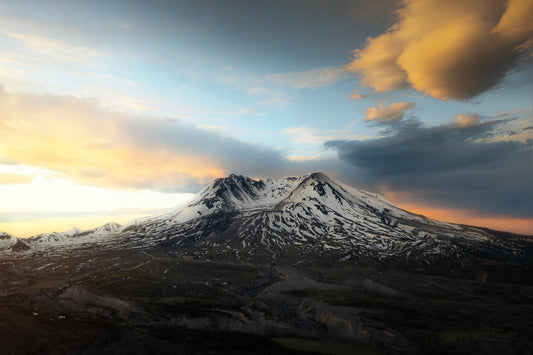While understanding natural light is essential, the ability to manipulate it according to your creative vision can elevate your photography to the next level. Whether you're shooting portraits, landscapes, or still life, knowing how to modify natural light allows you to control the mood, emphasis, and overall impact of your images.
Reflectors
- Reflectors are invaluable tools for manipulating natural light. They come in various sizes, shapes, and colors (such as white, silver, gold, and translucent) to achieve different lighting effects.
- White reflectors are ideal for bouncing soft, diffused light onto your subject, filling in shadows and creating a more even illumination.
- Silver reflectors produce a more intense and directional light, making them suitable for adding highlights and enhancing contrast.
- Gold reflectors impart a warm, golden glow to your subject, perfect for creating a flattering, sun-kissed look.
- Translucent reflectors can be used to diffuse harsh sunlight, creating a soft and flattering light source.
Diffusers
- Diffusers are used to soften and scatter harsh sunlight, creating a more flattering and even illumination. They come in various forms, including umbrellas, scrims, and diffusion panels.
- Placing a diffuser between your subject and the light source helps to reduce contrast, minimize harsh shadows, and produce a softer, more flattering light.
- Diffusers are particularly useful during midday or when shooting in direct sunlight, allowing you to achieve a more pleasing quality of light for portraits, macro photography, and other subjects.
Golden Hour and Blue Hour
- Golden hour, also known as magic hour, refers to the period shortly after sunrise or before sunset when the sun is low on the horizon, casting a warm, golden light across the landscape. This soft, diffused light is highly sought after by photographers for its flattering quality and warm tones.
- Blue hour occurs shortly before sunrise or after sunset when the sky takes on a deep blue hue. This transitional period offers unique opportunities for capturing atmospheric and moody images, especially when combined with cityscapes or landscapes.
By mastering the art of manipulating natural light using reflectors, diffusers, and understanding the nuances of golden hour and blue hour, you'll have greater control over the lighting in your photographs. Experiment with these techniques to create visually compelling images that convey your unique creative vision.







